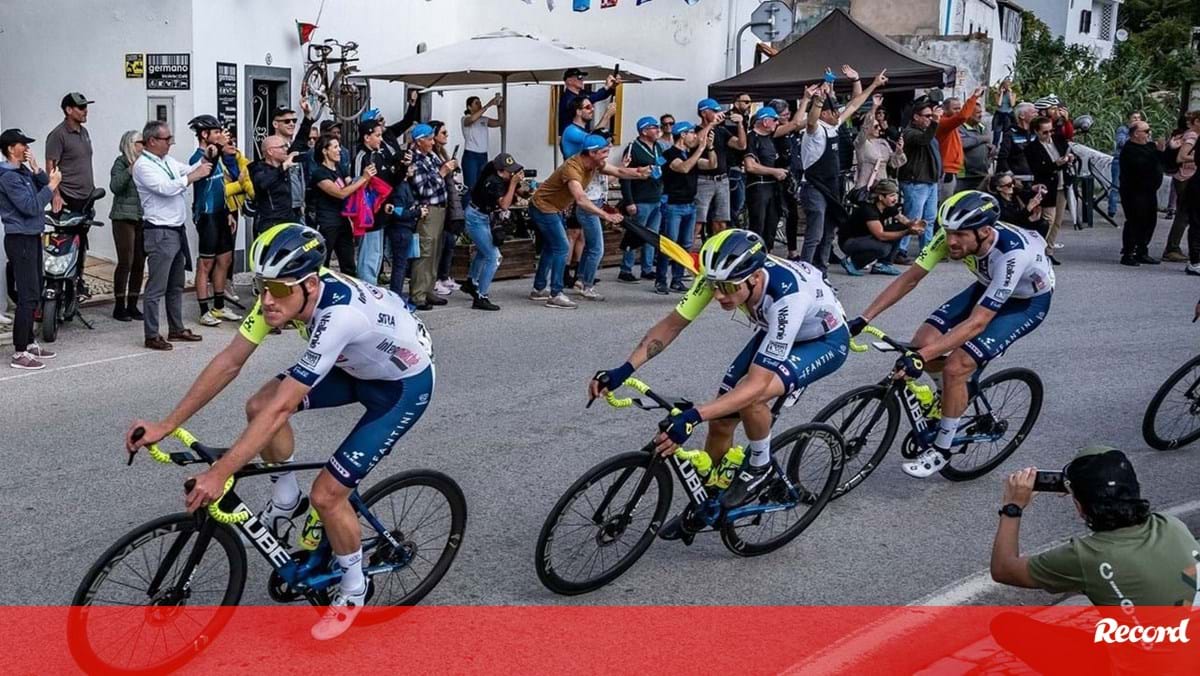Summary:
Time trial at Malhão to decide the winner of the 51st Volta ao Algarve
Cyclists face a 'new' ascent to Fóia during the race
Portimão hosts the start of the first stage on February 19
Final climb at Fóia features 8.4 kilometers from the north side
Total distance covered over five stages is 745.9 kilometers
A New Challenge in the 51st Volta ao Algarve
A time trial finishing at Malhão will determine the winner of the 51st Volta ao Algarve, taking place from February 19 to 23. This year’s route features bold innovations, including a 'new' ascent to Fóia.
The highlight of the revamped 'Algarvia' course, which retains familiar start and finish points from previous years, is undoubtedly the unprecedented time trial in the fifth and final stage, concluding at Malhão.
Before reaching the highest point in Loulé, where a second-category mountain count will be established, cyclists will cover 19.6 kilometers starting from Salir, with the first 17 kilometers being predominantly flat.
In 2025, the traditional ascent to Malhão will be completed solo by the cyclists, who will likely switch to time trial bikes at the foot of the climb before tackling the 2,600 meters of ascent with an average gradient of 9.2%.
The innovative bets of this 51st edition, revealed today in Faro, do not end with the final stage, which is crucial for determining the successor to Belgian Remco Evenepoel—who is expected to miss the next edition due to a serious fall last week—though the start of this unique Portuguese stage race in the UCI ProSeries circuit mirrors previous years.
On February 19, Portimão will once again host the start of the first stage, as it has since 2022, with the peloton cycling 190 kilometers to Lagos, where the Avenida dos Descobrimentos will witness a sprint finish.
The first novelty arrives the next day in the second stage, beginning in Lagoa and extending 177.6 kilometers to the highest point in the Algarve, Fóia, in the Monchique municipality. Unlike previous editions, the final ascent, stretching 8.4 kilometers, will be from the north side of the mountain, featuring less consistent gradients and some more challenging sections, particularly 3.5 kilometers from the finish, with an average gradient of 10%.
This new option also allows the peloton to link the final climb with the Pomba ascent, which is just 3,100 meters from the initial slopes of Fóia.
The third stage brings back opportunities for sprinters, with cyclists departing from Vila Real de Santo António for a 183.5-kilometer journey ending in Tavira.
The fourth stage proves to be 'treacherous', with 175.2 kilometers between Albufeira and Faro including three mountain counts in the last 50 kilometers, a route favorable for both sprinters and classic specialists, without ruling out tactical moves from the general classification contenders.
By the end of the five stages, competitors will have covered a total of 745.9 kilometers, with an overall ascent of 11,795 meters.










Comments
Join Our Community
Create an account to share your thoughts, engage with others, and be part of our growing community.